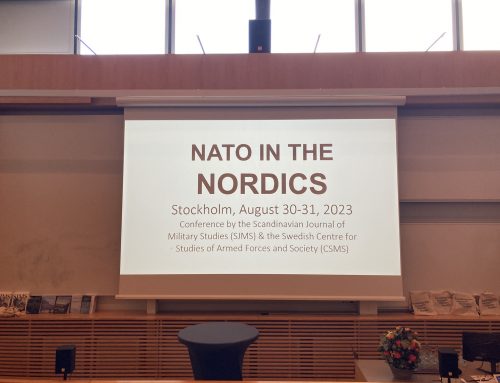This year the HUMLOG Institute received many great nominations for the Best Master’s Thesis in Humanitarian Logistics 2015 award. Unfortunately we could not award all, but awarded two outstanding Master’s thesis by Lauren A. Seelbach and another by Cecilie Sælør Fon. Here you can see a short profile of Lauren and her thesis. Stay tuned to read about Cecilie.
One of the most immediate and important functions of emergency response and disaster relief organizations is providing essential supplies to disaster survivors. Supplies like water, food, and shelter – those which survivors cannot afford to go without in the hours and days after a disaster. The logistics networks of the responding organizations must be prepared to meet these needs in advance of a disaster occurring in order to ensure they are successful.
Lauren Seelbach’s master’s thesis focuses on the question of how agencies can prepare their logistics networks in advance of a disaster. Her thesis answers the questions of (1) where should inventory be placed, considering both normal, steady-state allocation of inventory as well as allocation of inventory in advance of a notice event such as a hurricane, (2) how does private sector involvement change the response capacity of a logistics network, and (3) what is the impact of reduced demand for critical commodities on the logistics network’s ability to respond?
Two case studies are conducted on the logistics networks of the Federal Emergency Management Agency (FEMA) and the Florida Division of Emergency Management (FDEM). Results from these case studies indicate that applying stochastic modeling and the associated metrics to inform the allocation of critical commodities in a logistics network demonstrate measurable benefits in terms of fraction of overall demand met, time to serve a disaster affected population, and related metrics. For prepositioning decisions in FDEM’s logistics network the benefits were particularly convincing. By locating stock closer to the areas predicted to suffer the greatest losses, FDEM is able to decrease the time per unit served of two critical commodities by 10-15%. For FEMA’s logistics network, results indicate that restructuring the terms of contract stock has the potential to increase fraction of overall demand served by 14% within 24 hours after a disaster and 16% within 36 hours after a disaster.
Since graduating, Lauren has used the framework developed in her thesis as well as the model, metrics and index developed by Acimovic and Goentzel (Acimovic, J., & Goentzel, J. (2015). Models, Metrics, and an Index to Assess Humanitarian Response Capacity. Retrieved from http://ssrn.com/abstract=2584560) to inform real logistics decisions at emergency management agencies in the United States. These decisions have the potential to improve the delivery of essential goods and services to disaster survivors in those most critical moments after a disaster.





